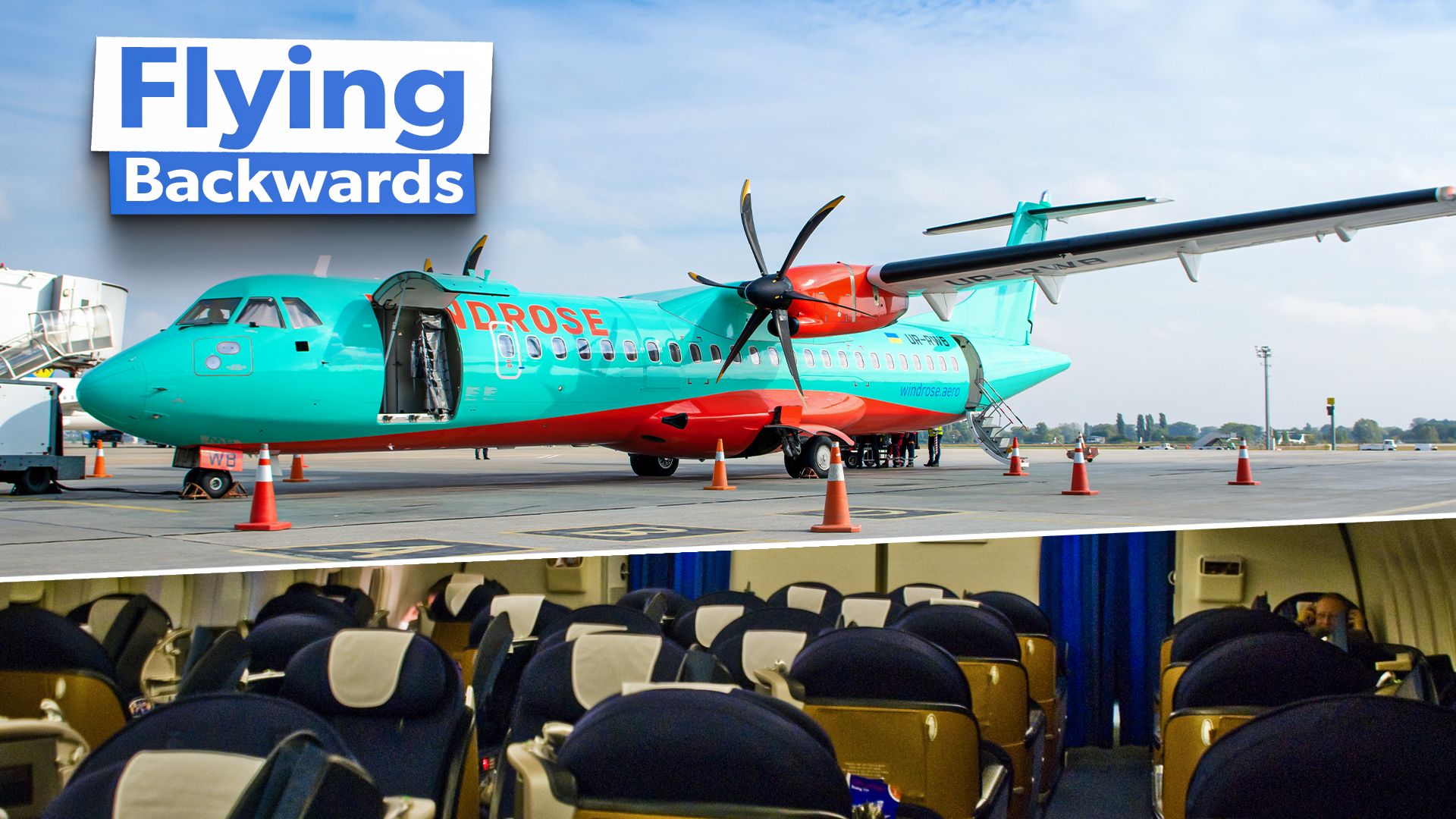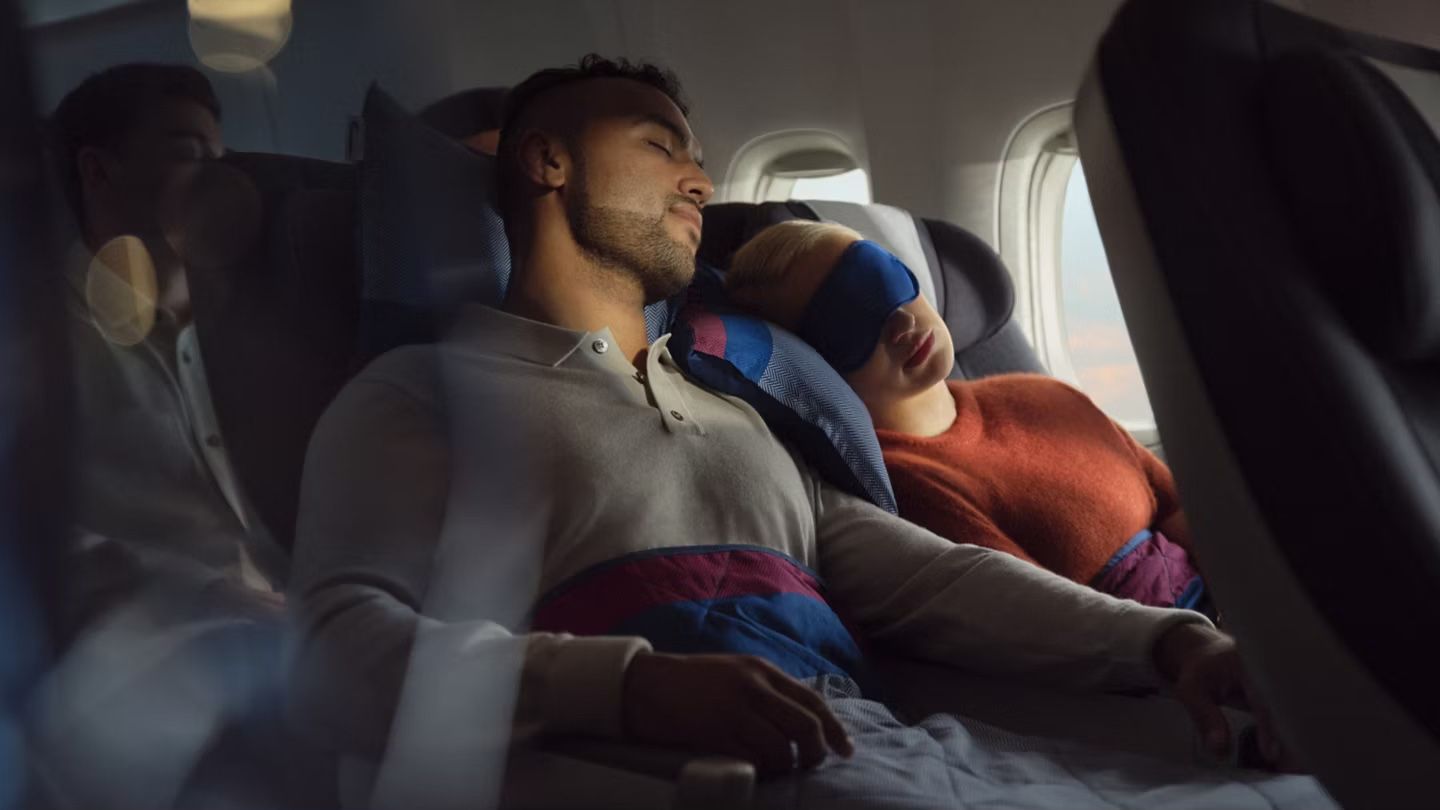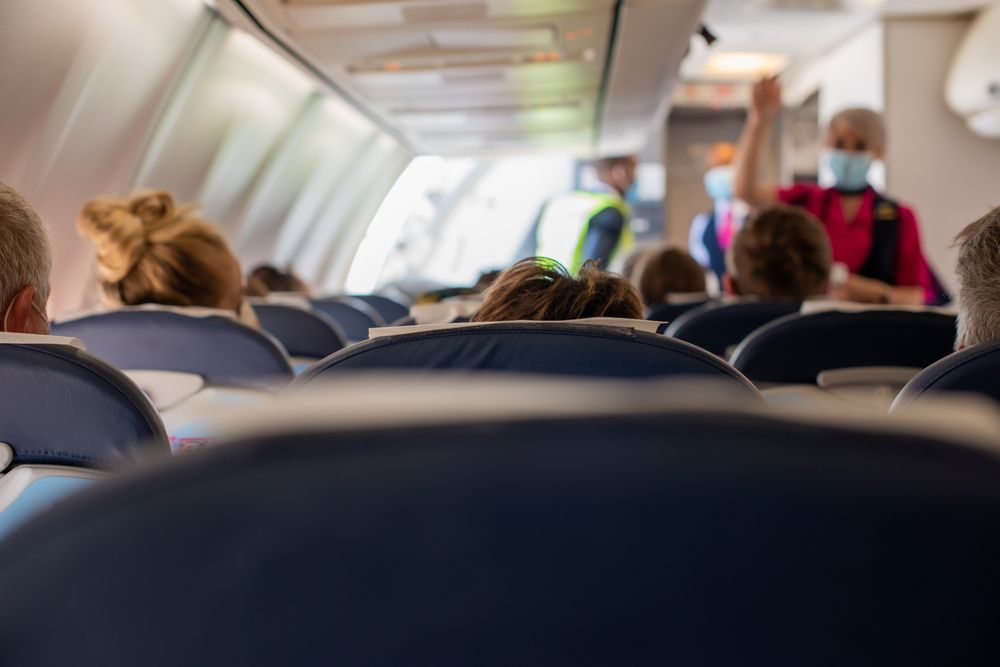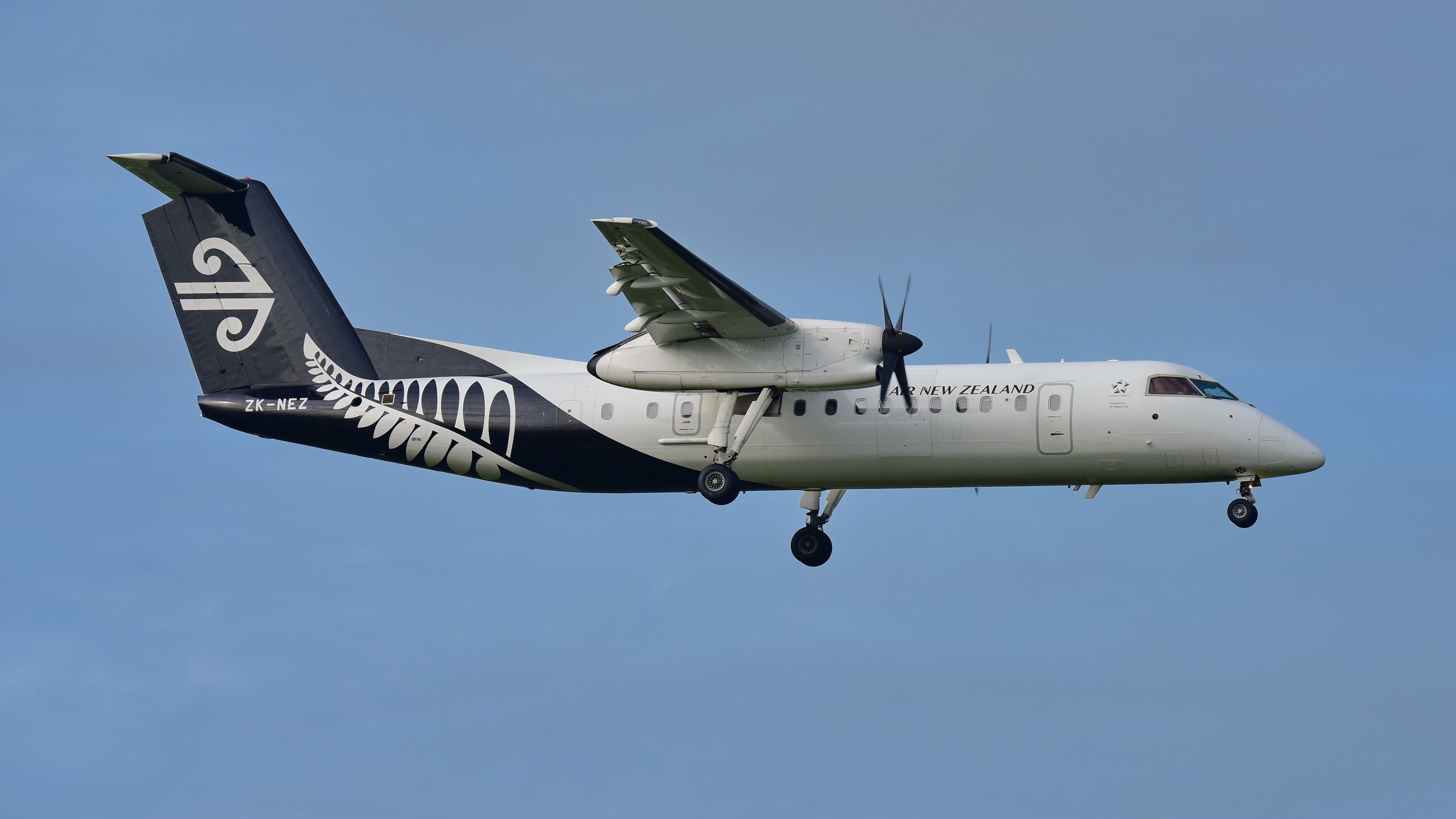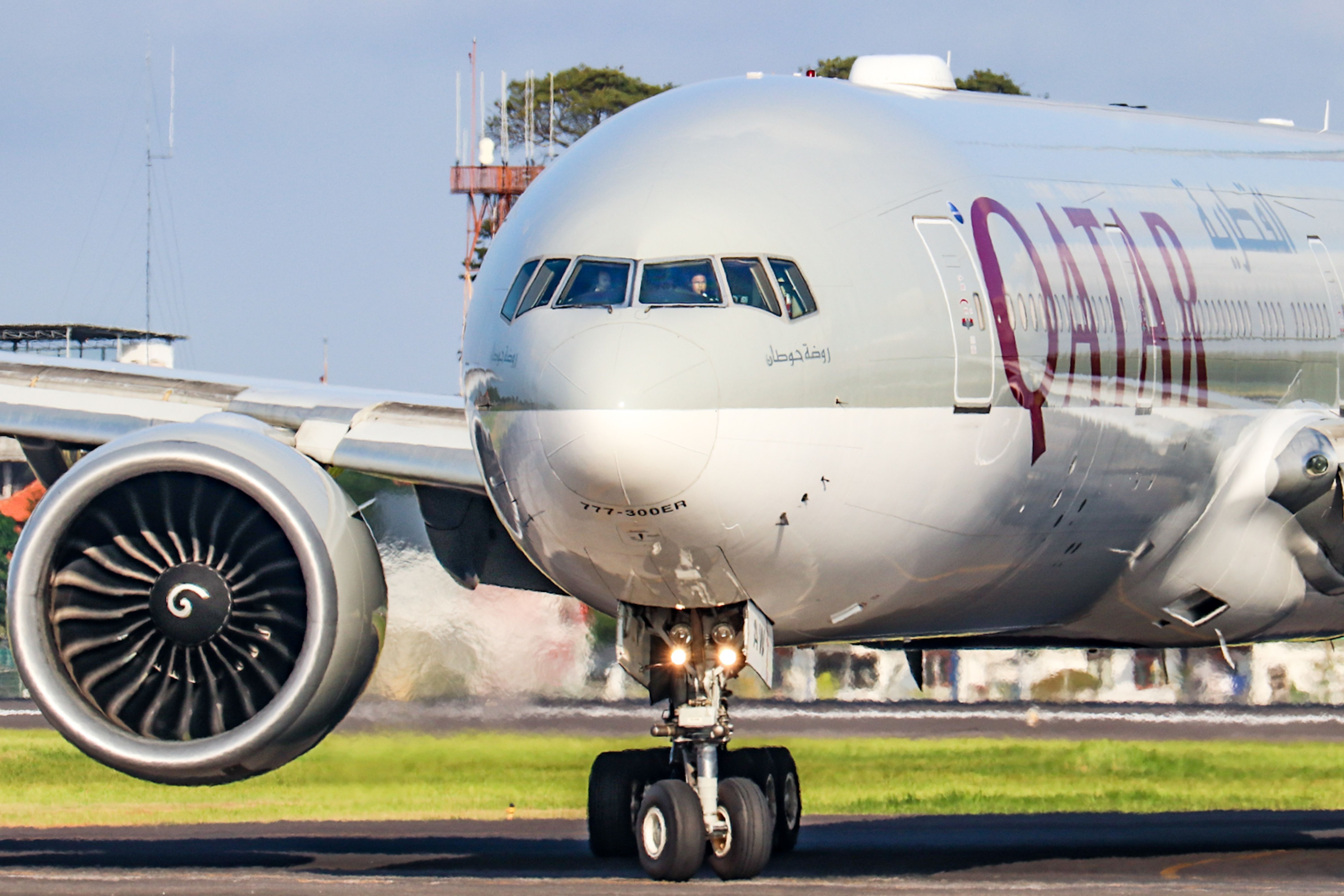Aft-facing seats
are common in some modes of travel (like trains and limousines), but aircraft? A recent six-second
video by Jess Smith recently went viral
as she expressed her dismay after booking a first-row seat as a treat only to find it was an aft-facing seat. On the flight, she sat there watching the crowded all-economy cabin. While
cabin crew routinely face backward
, passengers don’t.
The debate of aft-facing seats
Jess Smith wrote the text, “When you book row one as a treat, but it turns you into facing the ENTIRE PLANE?” She also added the caption, “Never going to recover.”
Photo: British Airways
Jess Smith was surprised to be greeted with an aft-facing seat. Indeed, today, it is very rare for passengers to be seated facing aft—although it used to be much more common. It is also common for flight attendants’ seats to be aft-facing so they can keep an eye on the passengers and ensure they remain seated during take-off and landing.
Aft-facing economy seats have been a trend on and off for decades—  Southwest Airlines
Southwest Airlines
once had booth-style seating on some of its Boeing 737s. ![]() British Airways
British Airways
used to have aisle seats facing rearward in its Club World – including on flights between New York JFK and London Gatwick into the 2000s.
More common in private and military
Rearward-facing seats are more common on some private jets and military aircraft. That said, one common seating arrangement on military aircraft is for passengers to sit around the sides of the aircraft.
The rare occurrence of aft-facing seats today
British Airways reportedly offers the largest number of rear-facing seats. However, no major commercial airline now routinely uses aft-facing seats in their passenger cabins (although a few may have a limited number of front-row aft-facing seats).
Examples of airlines with some aft-facing options:
- British Airways (business class)
- United Airlines (business class)
- American Airlines (business class)
- Qatar Airways (business class)
- Air Canada (Bombardier Dash 8 Q300 front row)
- AirSWIFT (cabin-style)
Photo: Rushay l Shutterstock
Fox News reports that ![]() American Airlines
American Airlines
and ![]() United Airlines
United Airlines
offer rear-facing seats, but these are only available on a subset of widebody aircraft in business class. Additionally, some airlines like ![]() Qatar Airways
Qatar Airways
and British Airways have rear-facing seats in business class (passengers can know that their seats face backward by looking at the seating map while making the booking). The Fox News publication also states that only 23 of United’s 945 aircraft have optional rear-facing business class seats.
Occasionally, aircraft may have booth-style seating, as one Reddit user discovered while flying in economy on an AirSWIFT turboprop ATR 42.
AirSWIFT is a boutique Philippine airline offering scheduled and charter domestic services. It states, “AirSWIFT Airlines Philippines connects you to some of the archipelago’s most iconic destinations, including direct flights to El Nido, Palawan. Adhering to the latest safety protocols, our boutique airline assures our passengers of worry-free flights to their chosen destinations.”
Photo: Jordan Tan I Shutterstock
Air Canada’s Bombardier Dash 8 Q300 (a short-range turboprop commuter airliner) reportedly has an aft-facing seat row 13 at the front of the aircraft.
Pros and cons of aft-facing airline seats
One argument in favor of aft-facing seats is that they are considered safer in an accident (the back can absorb the impact more evenly). They help reduce the risk of whiplash. Still, aircraft accidents are so rare (or at least the type of accidents that seating makes a meaningful difference) that this is not considered a big thing.
“Passengers in Navy transport planes have ten-fold better chances of coming out of crashes alive, thanks to backward-facing seats which are being installed in all new planes….The Navy has decided to install the seats after five years of development and testing showed they gave passengers much more protection for the entire back, neck, head and parts of the arms and legs in sudden stoppages…” 1952 edition of Naval Aviation News
|
Benefits of aft-facing |
Cons of aft-facing |
|---|---|
|
Reduces neck whiplash: |
Passenger social discomfort and anxiety |
|
More evenly absorbs impacts: |
Limits visibility |
|
Possibly increases motion sickness for some |
However, passengers are often awkward about sitting next to strangers at the best of times—facing hundreds of them can make them feel very much uneasy. Additionally, passengers may not be able to enjoy as good a view, and there are suggestions that it may increase passenger motion sickness. Another con is that it can limit visibility, although some enjoy looking back at the aircraft’s massive wings and engines.
While economy seating configurations in airlines around the world has been mostly settled for many years, airlines continue to experiment and innovate with seating configurations. One example is
Air New Zealand’s SkyNest Cabin proposal to bring in lie-flat economy class seating
.
It is unlikely that aft-facing seating will make a major comeback any time soon, but some revolutionary aircraft designs in the works may make major changes to aircraft seating (as with
JetZero’s blended body concept
). While renderings still show forward-facing seats,
Spike’s concept of a supersonic business jet does away with windows
.

